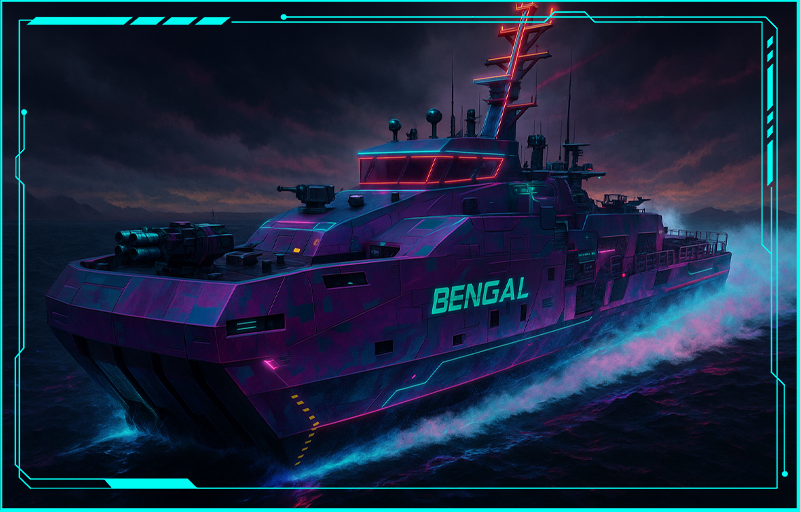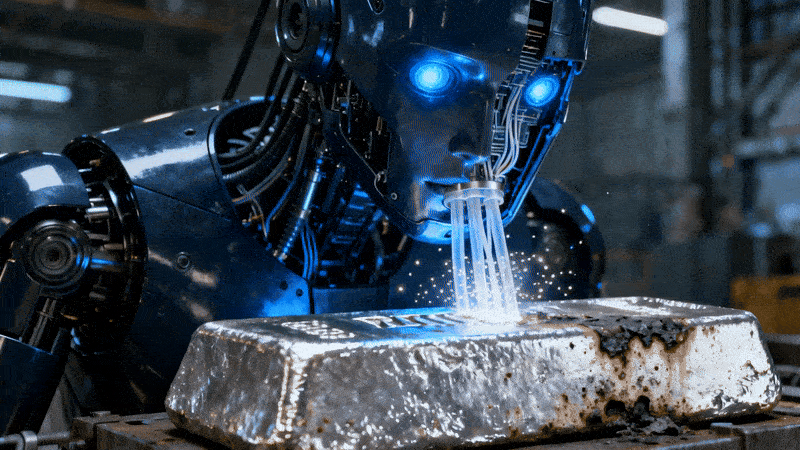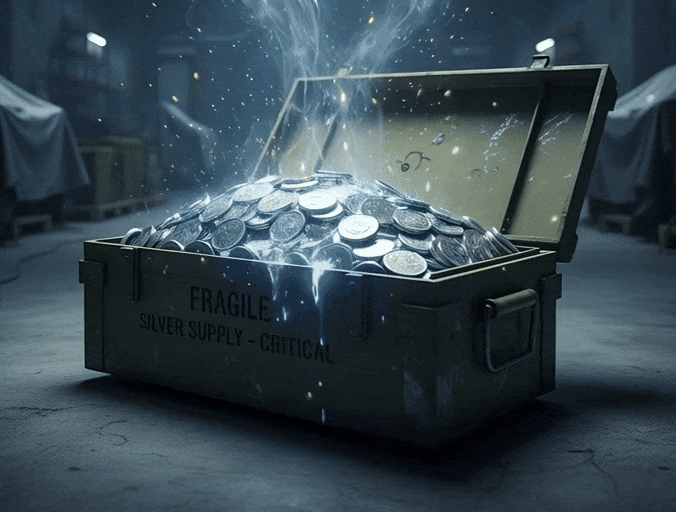Let’s not sugarcoat it: the United States just dropped an AI-driven, 44-ton autonomous warship into the middle of the Pacific tech-thirst warzone. This isn't some DARPA fantasy scribbled on a napkin. This is the AIRCAT Bengal MC—a modular, missile-launching, drone-controlling, semi-crewed death machine built to haul heavy payloads at high speed without blinking. And yes, silver is baked into its circuitry, sensors, and power systems like cream into your coffee.
Welcome to the future of warfare, brought to you by the same industrial complex that forgot how to build affordable housing but apparently still knows how to build Terminator sea-beasts.
What the Hell Is the AIRCAT Bengal MC?
Straight out of the Sea-Air-Space expo, the AIRCAT Bengal MC is the first of its kind: a 36-meter-long surface effect ship that combines speed, modular firepower, and advanced autonomy.

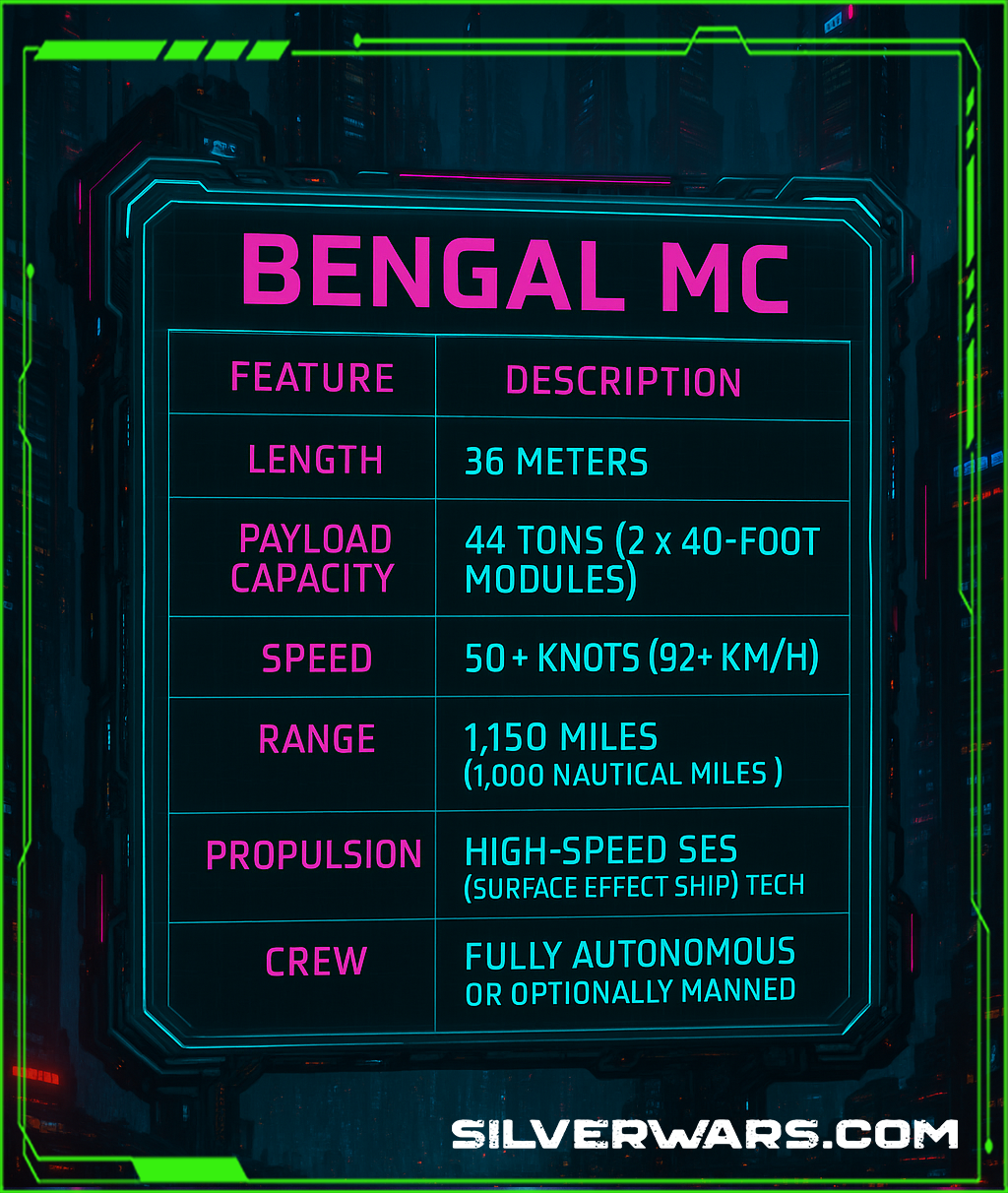
It’s built by Eureka Naval Craft, partnered with Greenroom Robotics (Australia) and naval architects at ESNA. Think of it as the cyberpunk cousin of traditional warships, minus the need for a giant crew or costly logistical tail.

Missile-Launching, Drone-Mothering Warbot

The Bengal MC is not just fast. It’s a modular monster capable of:
- Launching Tomahawk cruise missiles
- Deploying Naval Strike Missiles (NSM)
- Acting as a drone mothership
- Performing electronic warfare
- Running mine laying and counter-mine ops
- Hauling troops or landing gear
Its combat systems include:
- EOS 30mm chain guns with integrated fire control
- Rheinmetall loitering munition containers
- Multiple radar arrays including 4D MESA and navigation radars
- Full-spectrum jamming and anti-drone capability
Example of Mothership Drone Creation/Function.
Norway's Naval Strike Missile Live Firing Test
This is what a 21st-century frigate looks like when you strip out the crew quarters and stuff it with AI and weapons.
Bo Jardine, CEO of Eureka Naval Craft, made it clear: this ship exists to make the old way of doing naval warfare obsolete. Corvettes and frigates? Too slow, too fragile, too expensive. Bengal MC is cheaper, faster, and meaner.
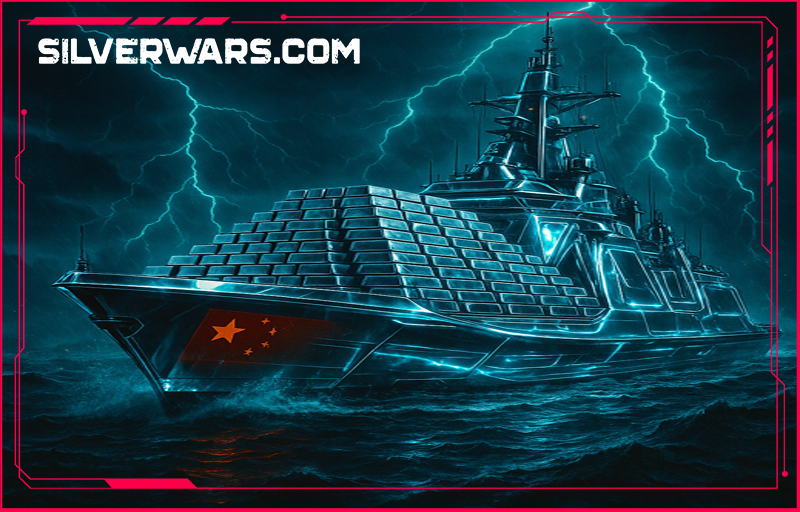

Silver in the Circuitry: What Powers This Beast?
Here’s where it gets interesting for SilverWars readers: Every single subsystem on this warship leans heavily on silver. Why?
- High-efficiency power systems need silver-lined circuits
- Autonomous control units use silver in microchips and processors
- Sensor arrays (thermal, radar, LIDAR) require silver for signal clarity and conductivity
- Battery systems and backup arrays often contain silver-zinc chemistry or silver-coated components for long cycle life
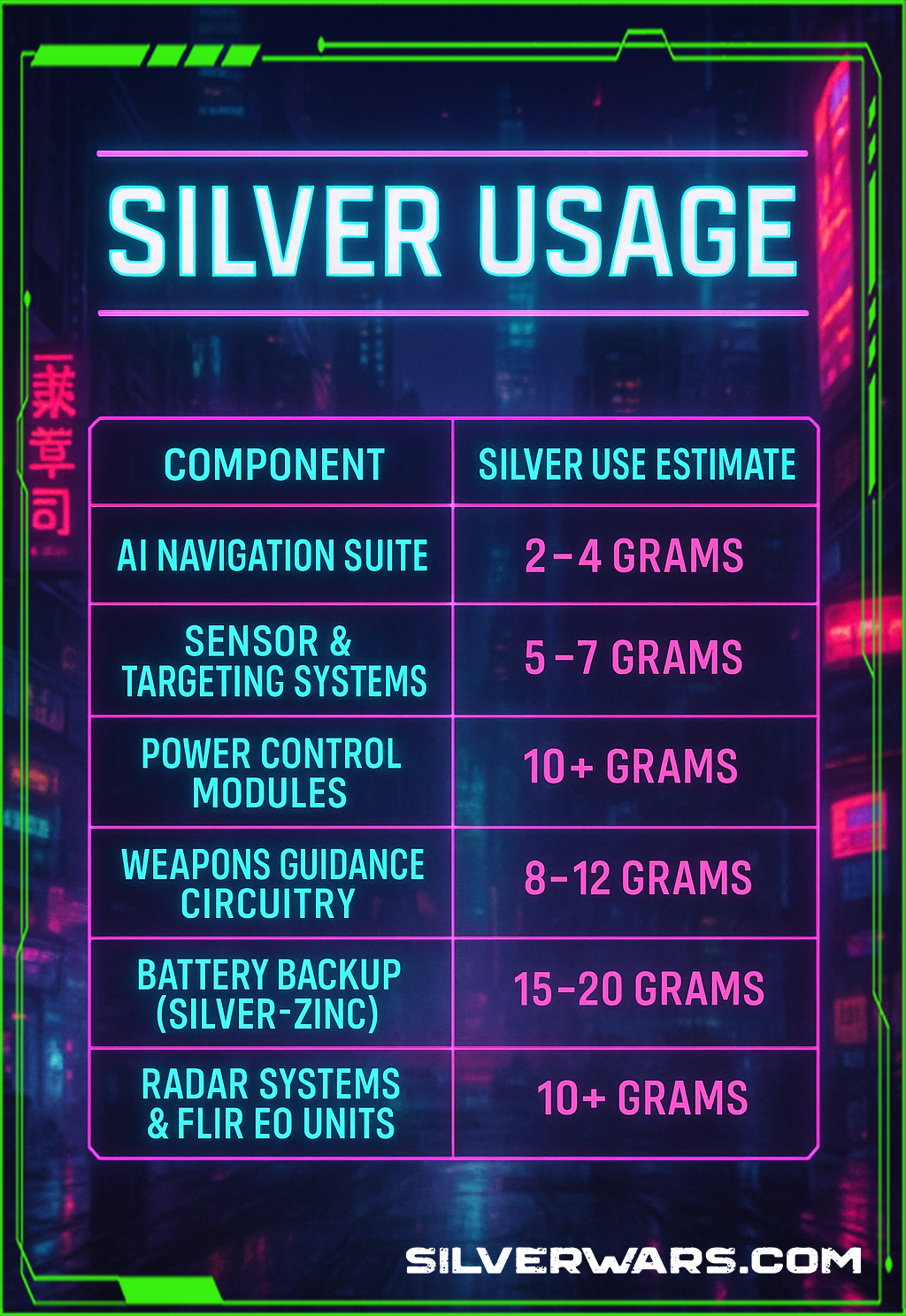
Total estimated silver use per Bengal MC? Easily over 50 grams—and that’s conservative.

Scale that across a potential fleet of 50+ units and the silver drain becomes obvious. You want to dominate the sea with autonomous hardware? You’re gonna need a lot more shiny metal.

The GAMA System: AI Pilots with Mission Brains
Greenroom Robotics brings the muscle behind the autonomy. Their GAMA (Greenroom Advanced Maritime Autonomy) software isn’t some Roomba logic. It’s been tested in live navy trials on decommissioned boats like the Sentinel and validated for active threat response, drone coordination, and electronic warfare.
What does it do?
- Plots routes in real time with changing ocean conditions
- Manages evasion tactics under missile lock or radar scan
- Operates in swarms with other Bengal-class ships
- Allows "human-in-the-loop" mission override for ethical targeting
Schwab and the Fourth Industrial Revolution gang would be proud. This is the fusion of AI, warfighting, and autonomy they envisioned—except it comes with Tomahawks.
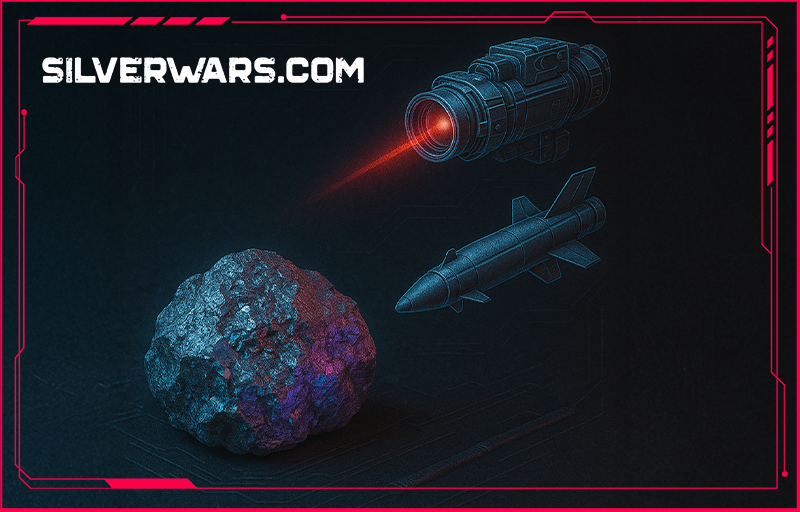
A Modular, Global War Tool
The Bengal MC isn’t just for American seas. It’s being pitched to allies like:
- Japan
- South Korea
- Singapore
- Vietnam
- Philippines
- UK, Australia (AUKUS)
- NATO states
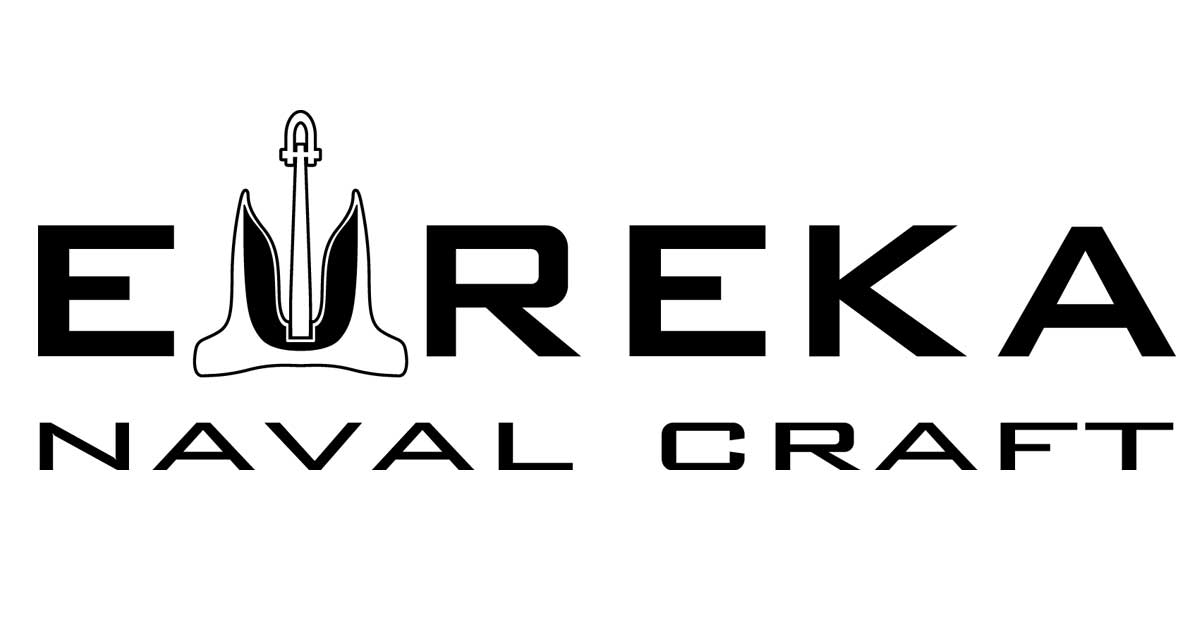
Each partner can customize it—drones, comms gear, missile bays, mine systems. This isn’t a one-size-fits-all product. It’s a naval LEGO kit for the next era of maritime dominance.
But here’s the double-edged blade: the more these ships get deployed, the more global silver stocks get pulled into military usage. That means tighter civilian supply, tighter industrial supply, and bigger headaches for anyone outside the defense sector trying to secure metal.

Cheaper, Faster, Heavier — But Not for Long
Eureka’s strategy is to undercut traditional naval shipbuilding with:
- Lower build cost
- Modular assembly
- Lower emissions and better fuel use
But silver isn’t getting cheaper. Neither is AI compute. And as the military-industrial demand accelerates, we’re going to see price hikes on these systems—or worse, project slowdowns due to constrained materials.
Strategic Bottlenecks
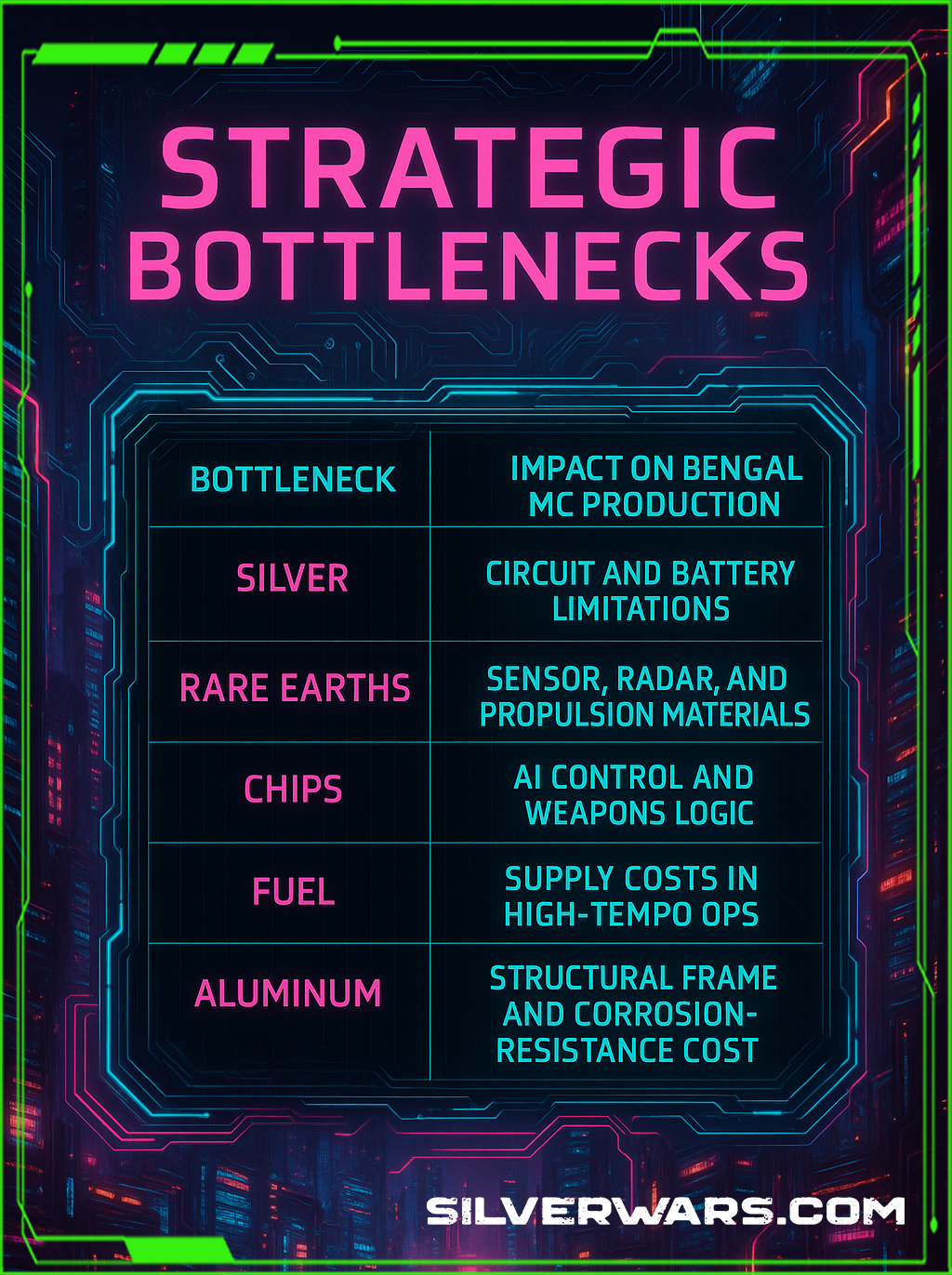
It's Silver-Powered, AI-Brained, and Built for War
The AIRCAT Bengal MC is not science fiction. It’s not a white paper. It’s a floating embodiment of the Fourth Industrial War—where software pilots, silver conducts, and everything that floats can fight.
If the future of conflict is autonomy and payload speed, the Bengal MC is the prototype. And silver? It's the invisible skeleton inside every autonomous strike system coming down the pipeline.
So yeah, this matters—not just for navies, but for investors, miners, technologists, and even environmentalists. Because as more nations order Bengal-class vessels, we’re going to see one commodity rise to strategic priority again:
Silver.
Forget just solar and EVs. Your next war may be fought by a boat full of silver-lined brains and missile tubes.


